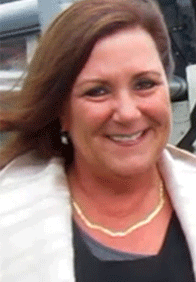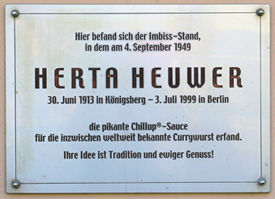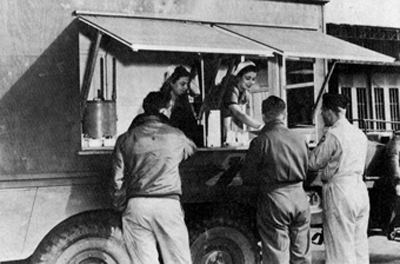|
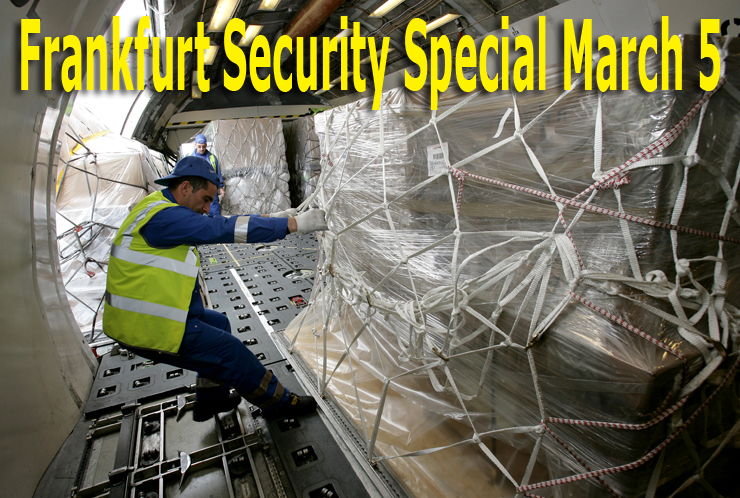
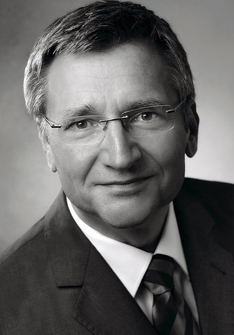 The
Natural Harald Zielinski greets 2012 about the same way he said auf
wiedersehen to 2011: by pioneering the cutting edge of air cargo security. The
Natural Harald Zielinski greets 2012 about the same way he said auf
wiedersehen to 2011: by pioneering the cutting edge of air cargo security.
“Head of Security” is a position
that did not exist before this former policeman from the streets of
Frankfurt joined Lufthansa Cargo.
“Since 9/11, we have increased the
amount of money we spend on security by more than ten-fold, and we continue
to improve in order to stay a market leader in cargo security.”
To say that Lufthansa Cargo is well prepared
when it comes to security may be an understatement, as less than five
minutes into every conversation we have had with Harald produces comments
like:
“We need to ask and challenge ourselves
every day to be sure we are on the right track.
“We are ready for the challenges
that may come up in any future planning, and we are taking security
as a major and priority topic.”
Little wonder that as 2012 continues,
air cargo security will be front and center; a must-attend (albeit by
select invitation) event occurs March 5, 2012, as Harald hosts another
Air Cargo Security Conference in Frankfurt.
Harald Zielinski, as it turns out, was
not only speaking for Lufthansa when he addressed a committee of U.S.
lawmakers in the House of Representatives in open session in 2010.
“The industry should speak with
one voice in fighting for a worldwide, harmonized security regime,”
Harald says.
“We are logistics people and we
should know how much better a single, unified process is, in comparison
to myriad different procedures.”
But there is no static position, as Harald
continues to push the marble to advance security—including new
thoughts, concepts, technology, and techniques.
“Top priority right now is future
recognition of common security measures between the European Union and
the United States Transport Security Administration (TSA).
“Late last year as 2011 ended, we
hosted TSA here in Frankfurt accompanied by a delegation from the German
Transport Ministry.
“Together both of these regulatory
agencies audited our Lufthansa Cargo Center hub operations, taking an
in-depth and detailed look at our security measures and various procedures
based on the German/European security rules and mandates.
“The results?
“My instinct about these things
is that both groups left with considerably more knowledge and understanding
than before the visit.
“This was no quick once over, either;
we were examined quite closely in regular daily procedures in a purely
security-driven perspective, up close and in great detail.
“I have to say that as a security
man, I was pleased with the visit and in retrospect we are quite proud
to think of the way Lufthansa Cargo presented itself.
“Feedback has been excellent and
although final results are yet to be received, we are confident of a
satisfying outcome.”
As Harald speaks, we are reminded that
a good deal of police work is based on instinct.
Once, while sitting alongside Harald in
a car on the way to a dinner, he described the passing scene, and it
was like listening to a police scanner.
“That guy is driving a fleet car,”
Harald said.
Later, on a street in the small village
near Frankfurt International where he lives with his wife and son, Felix,
Harald noted people as they walked by, sizing them up in surprising
detail.
“I think the interesting reality
that emerged as TSA visited here was that although we conduct our procedures
a bit differently than the USA, it is acknowledged that the results
are about the same.
“It has taken too long, but we feel
that now both sides, which were always well intentioned, are doing a
better job of explaining things to each other.
“When you think about it, our target
of total security is the same.”
“I think a great part of the work
of bringing TSA together with the German government was Lufthansa Cargo.
“After all, the airline is in the
middle, dealing with both entities as the lynch pin to everything that
happens.
“This year we host our annual conference,
having held prior gatherings both here and in the USA.
“Our top priority at the German
European Security Conference March 5 in Frankfurt is to make both our
customers and industry service partners aware of the approaching deadline
of April 2013 for the EU mandated registration for the certified consigner.
“In Germany we have a regulated
agent regime that will need to be certified by a governmental entity.
“To date, progress toward meeting
the mandated deadline has stalled, so we are bringing together industry
stakeholders and governmental entities to raise awareness by explaining
and defining what steps must be taken to achieve compliance during the
next 12 months leading up to April 2013.
“To put things in perspective, in
Germany there are possibly 50,000 companies applying for this certification.
“So the time to act for shippers,
airlines and the government in terms of working together is quite short
and must be addressed at once.
“The bottleneck to our thinking
is lack of governmental employees to implement this mandated certification
and also the inability of private entities to do it.
“Also there seems to be a surprising
number of senior managers at companies here that are either unaware
or even overwhelmed about what it takes to be certified.
“So our gathering March 5 will make
sure that no one leaves the room without a clear understanding of what
it takes to get the job done while stressing the point that time is
running out for shippers to be certified.
“I might add that we are preparing
Lufthansa Cargo to handle all aspects of the certification process per
customer request, including trace detection, X-Ray—you name it.
“Lufthansa Cargo is moving toward
functioning as a full security provider for any kind of customer.
“We are still not clear how many
shippers will be certified as we try and figure demand and also tonnage,
but are preparing to be as ready as can be for any eventuality.”
We asked Harald Zielinski some more questions,
but were cut short as he prepared to leave to address an air cargo organization.
“I have tried everything—the
local media, trade groups and cargo clubs, and the message is always
the same—I say:
“Go back to your offices and ask
your senior management ‘are we ready for the new security mandate
coming into law in 2013?’”
“‘Do we have any idea how
to secure heavy machinery, for example, or the many shipments that are
difficult to secure?’”
For total security, “The Natural”
is on the road again raising awareness, just as he did when he landed
on the scene after 911, just as he did as a cop on the beat long ago,
securing the streets of Frankfurt.
“People are not stupid or lazy;
they are just busy keeping things moving.
“Our job is to raise awareness,
so in addition to the latest updates and some other features, Topic
A at our Security Conference March 5 will be the Certified Consigner
Mandate coming in April 2013.”
harald.zielinski@dlh.de
Geoffrey/Flossie
|





